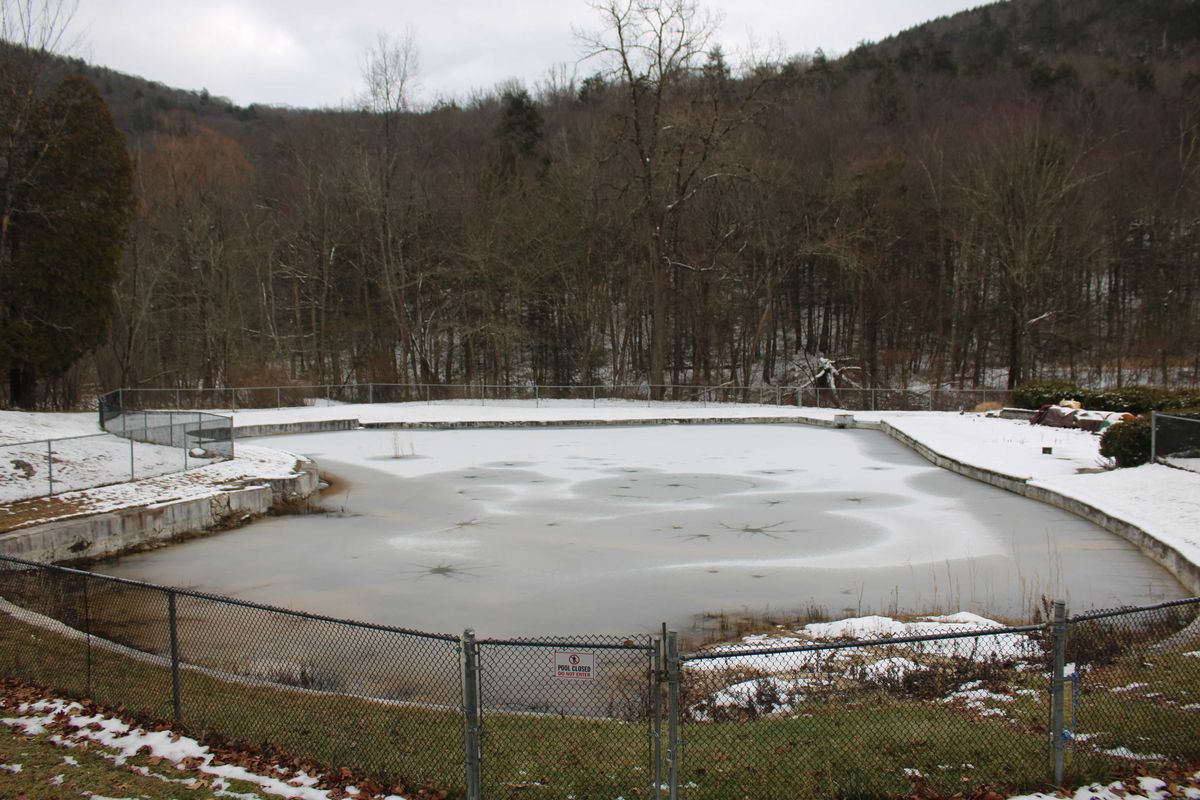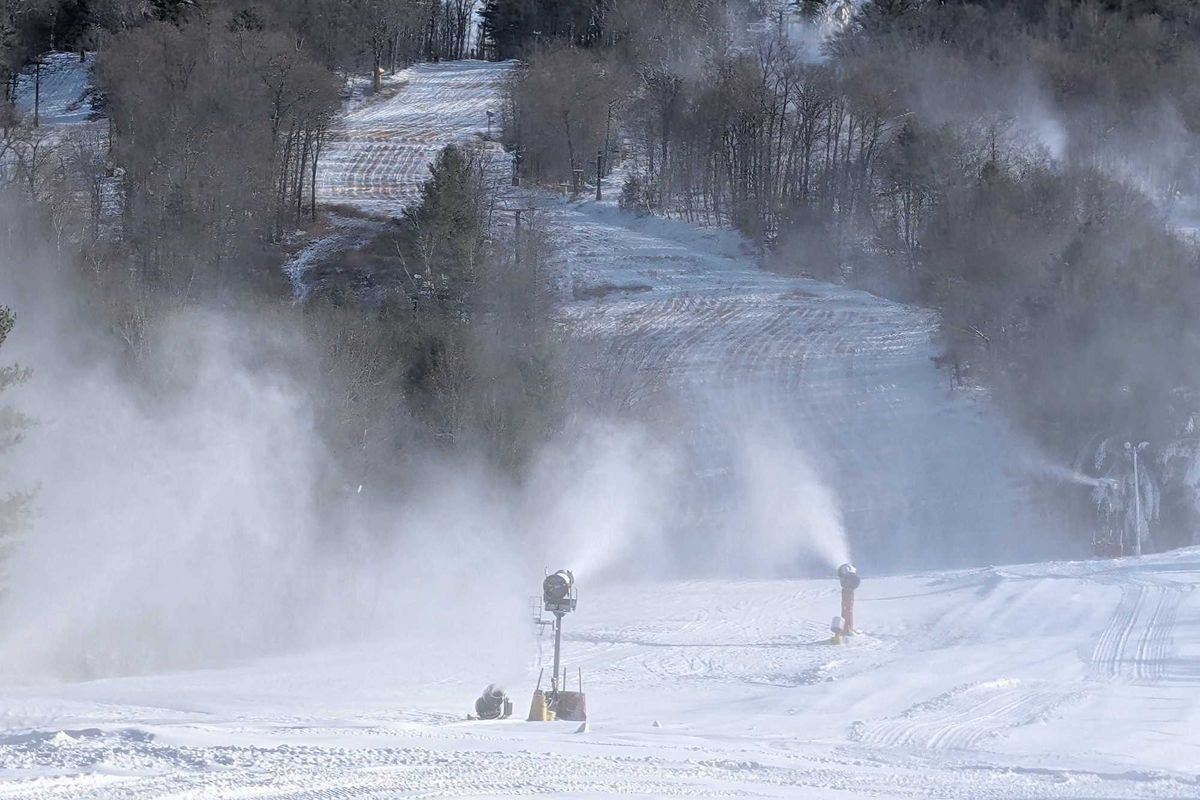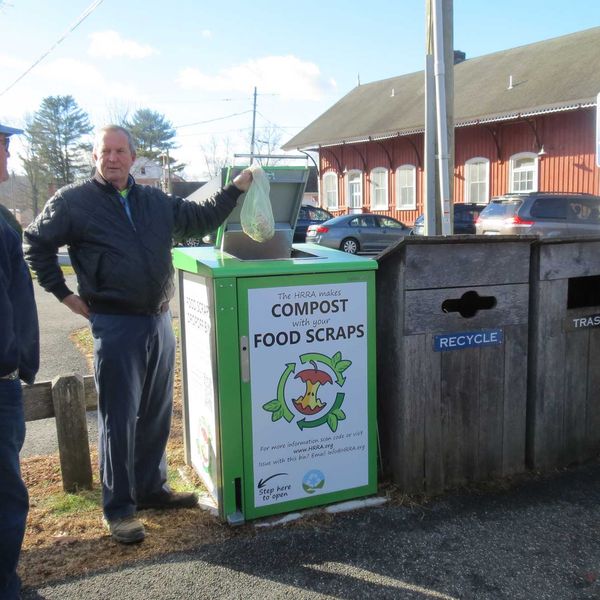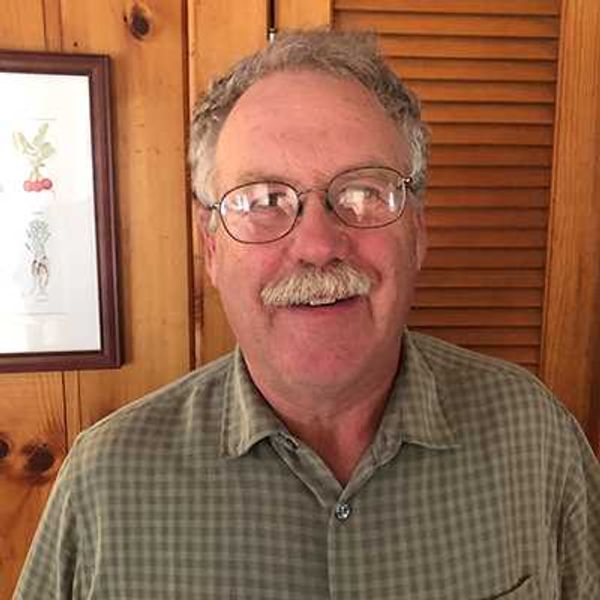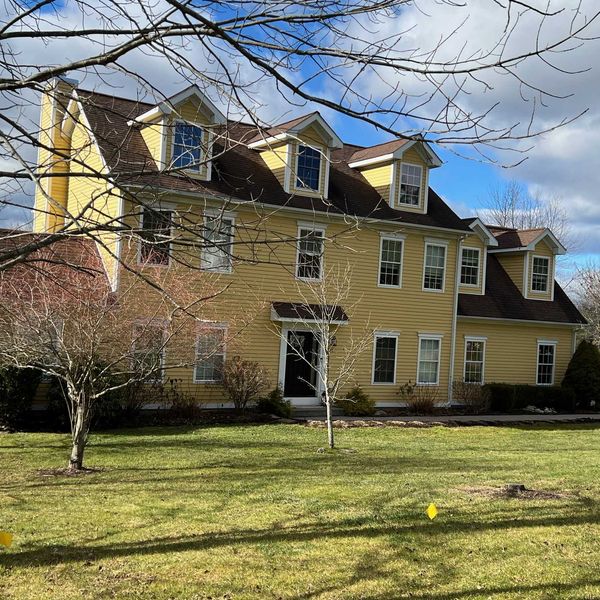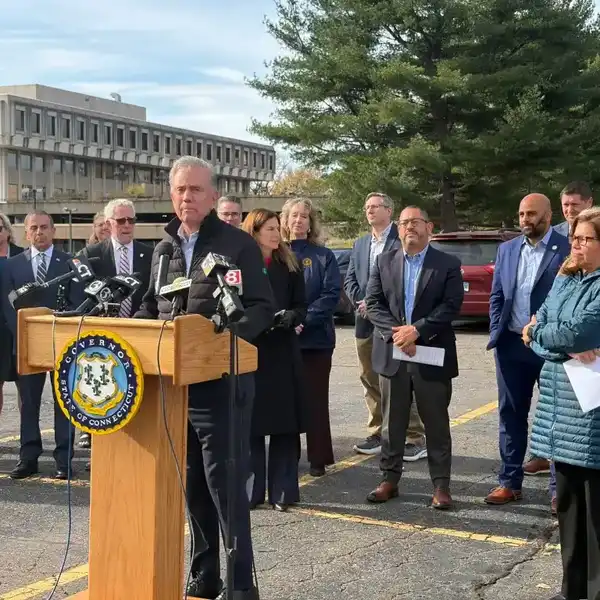Early industrial artifacts found ‘vastly untapped’ in Emery Park
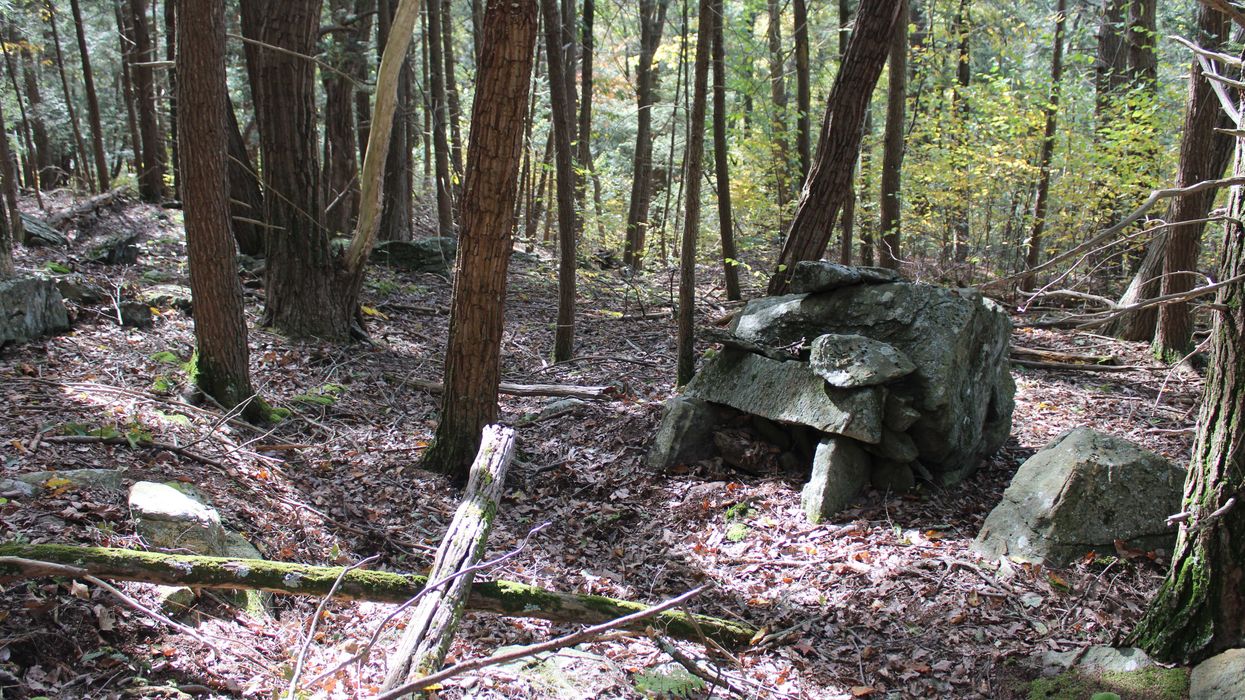
This fireplace, located near the summit of Segar Mountain in Kent, incorporates a large boulder that would have been burdensome to place in the structure. Adjacent to a depression that may have been the base of a hut, the site would have had an expansive view over the landscape in the colliers’ day when the hills were largely deforested.
Alec Linden
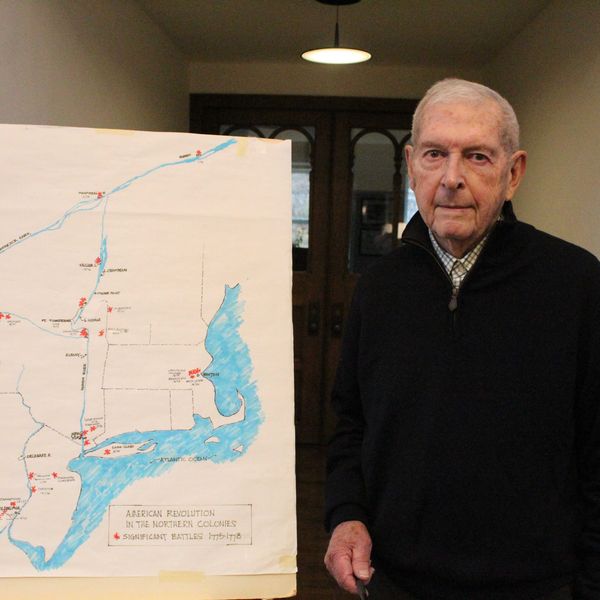
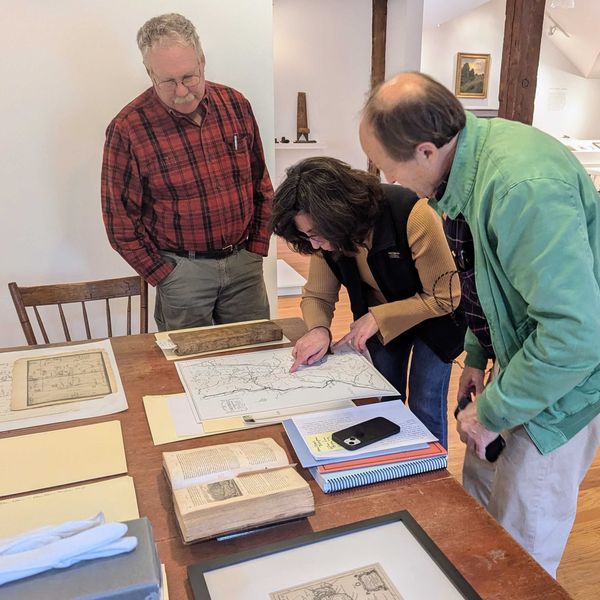
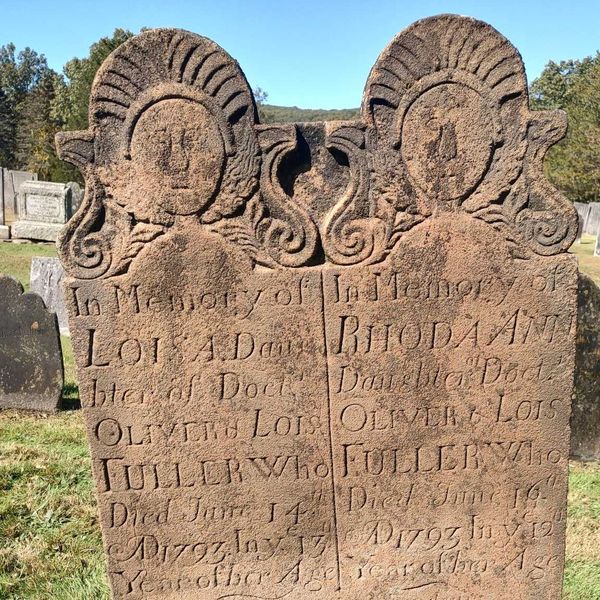
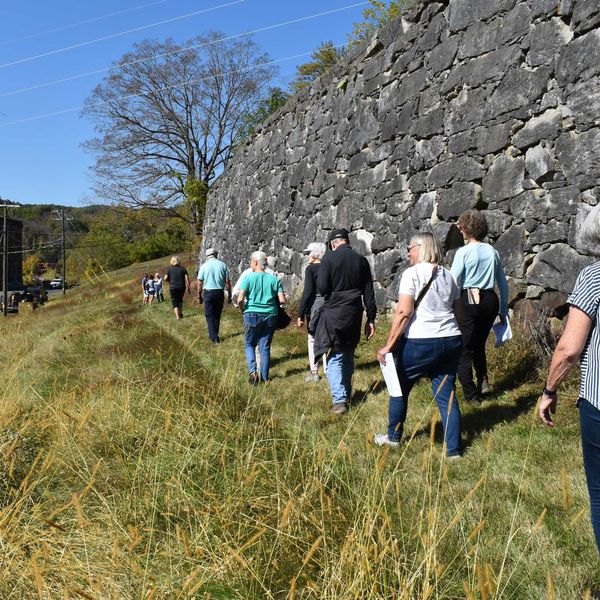
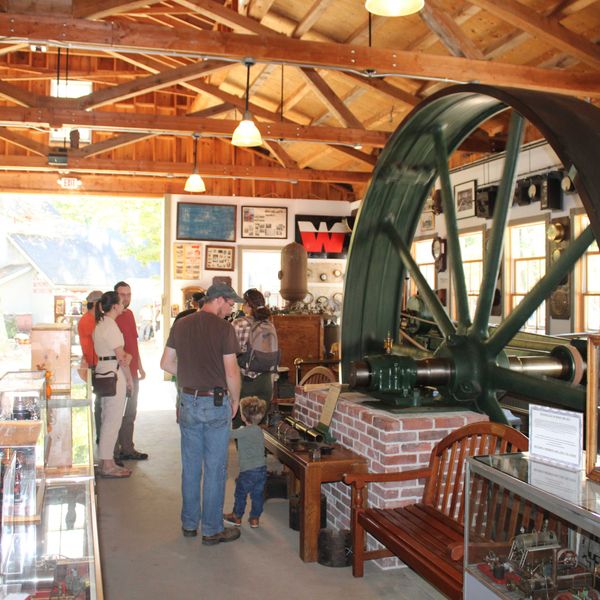
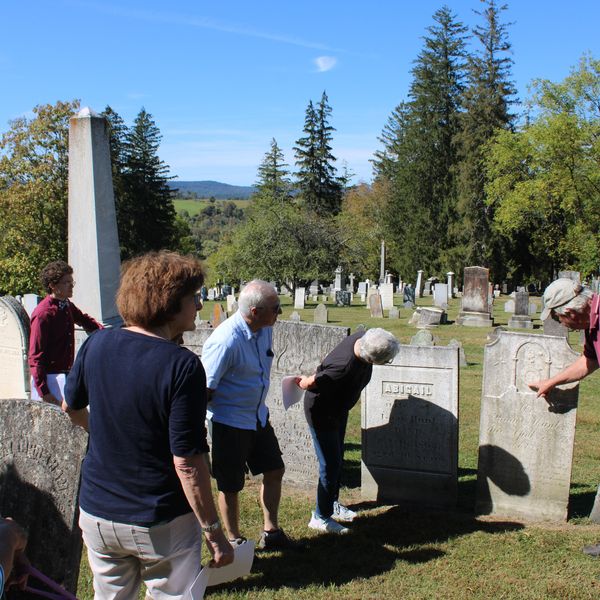
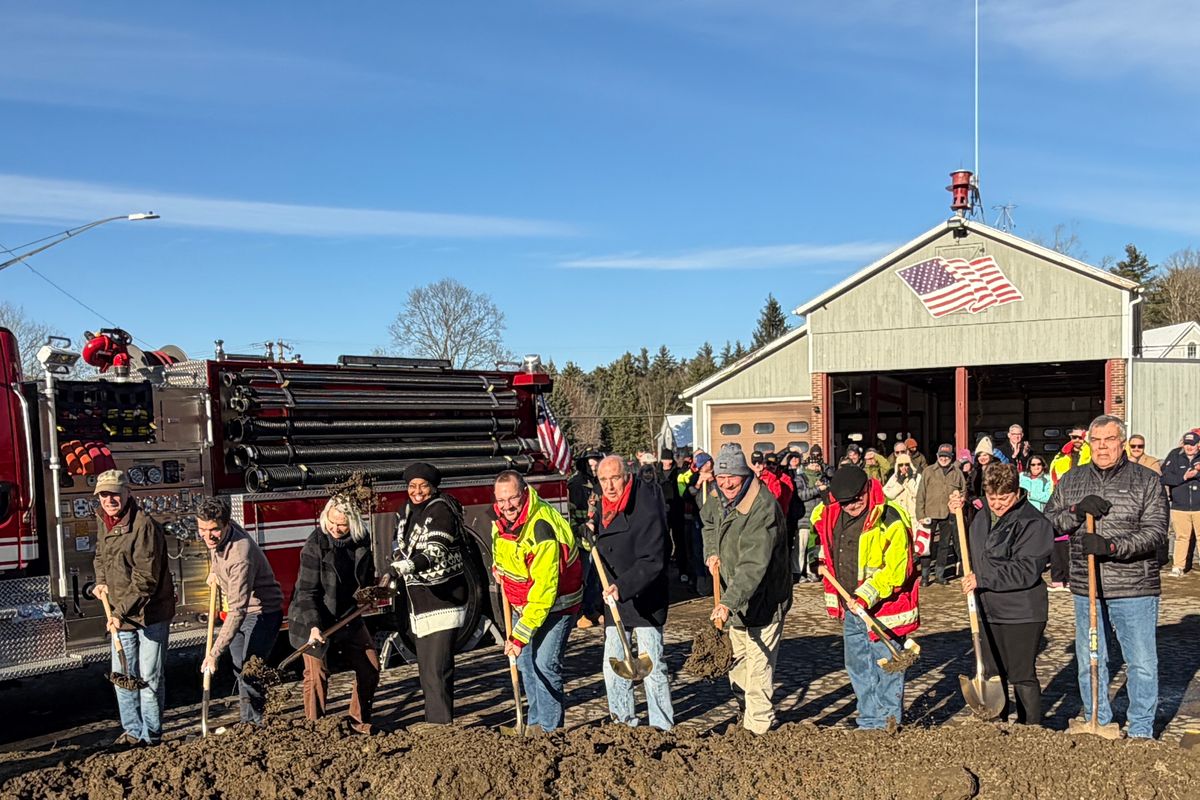
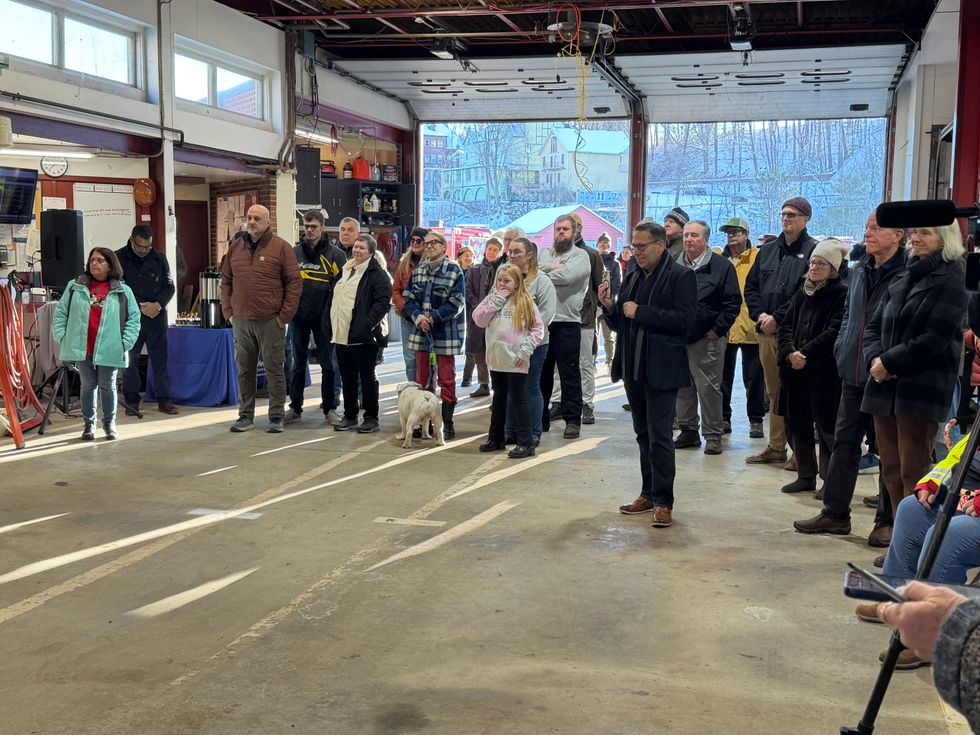 Attendees gather inside the current Norfolk firehouse to hear remarks during the groundbreaking ceremony for the department’s new facility.By Jennifer Almquist
Attendees gather inside the current Norfolk firehouse to hear remarks during the groundbreaking ceremony for the department’s new facility.By Jennifer Almquist